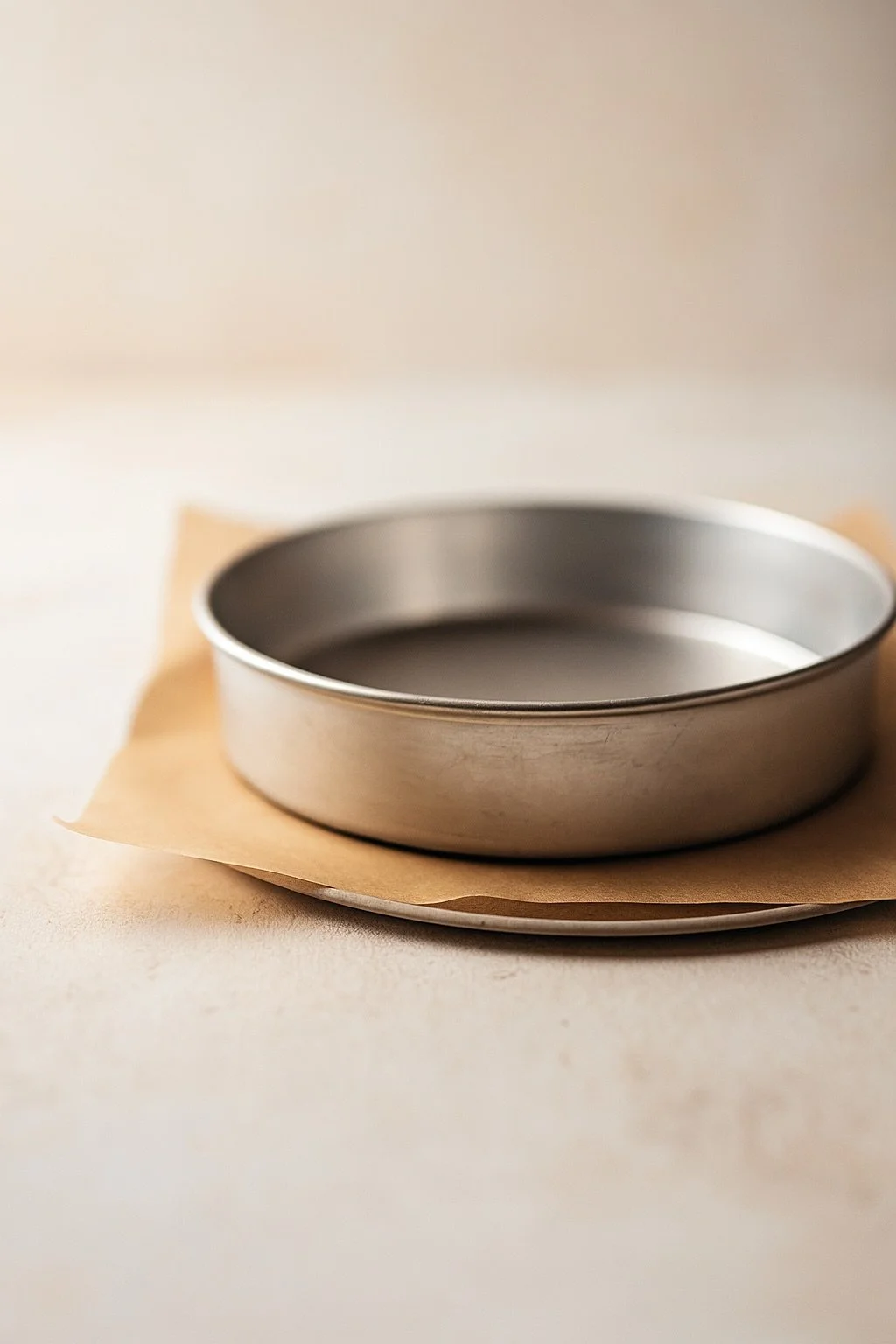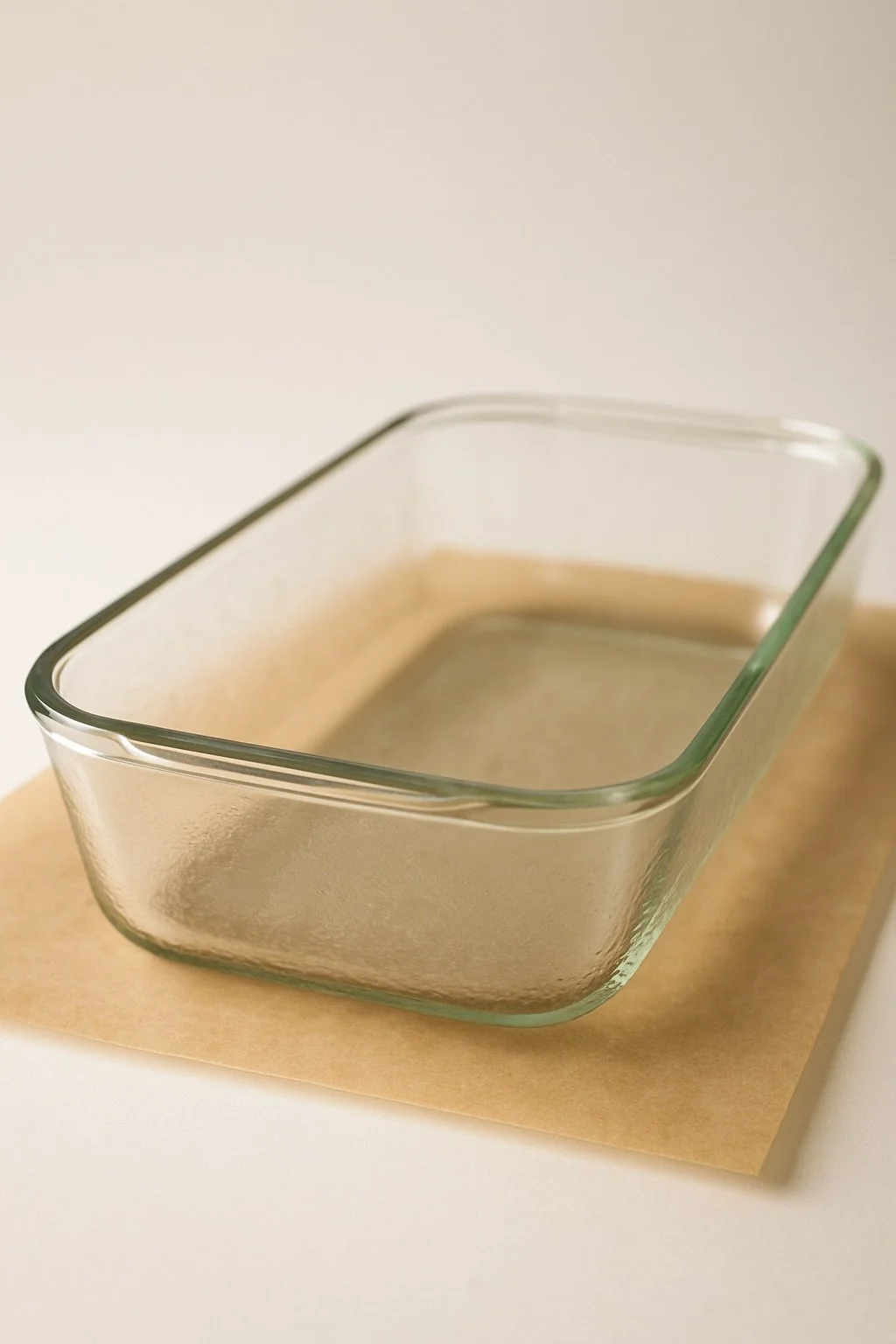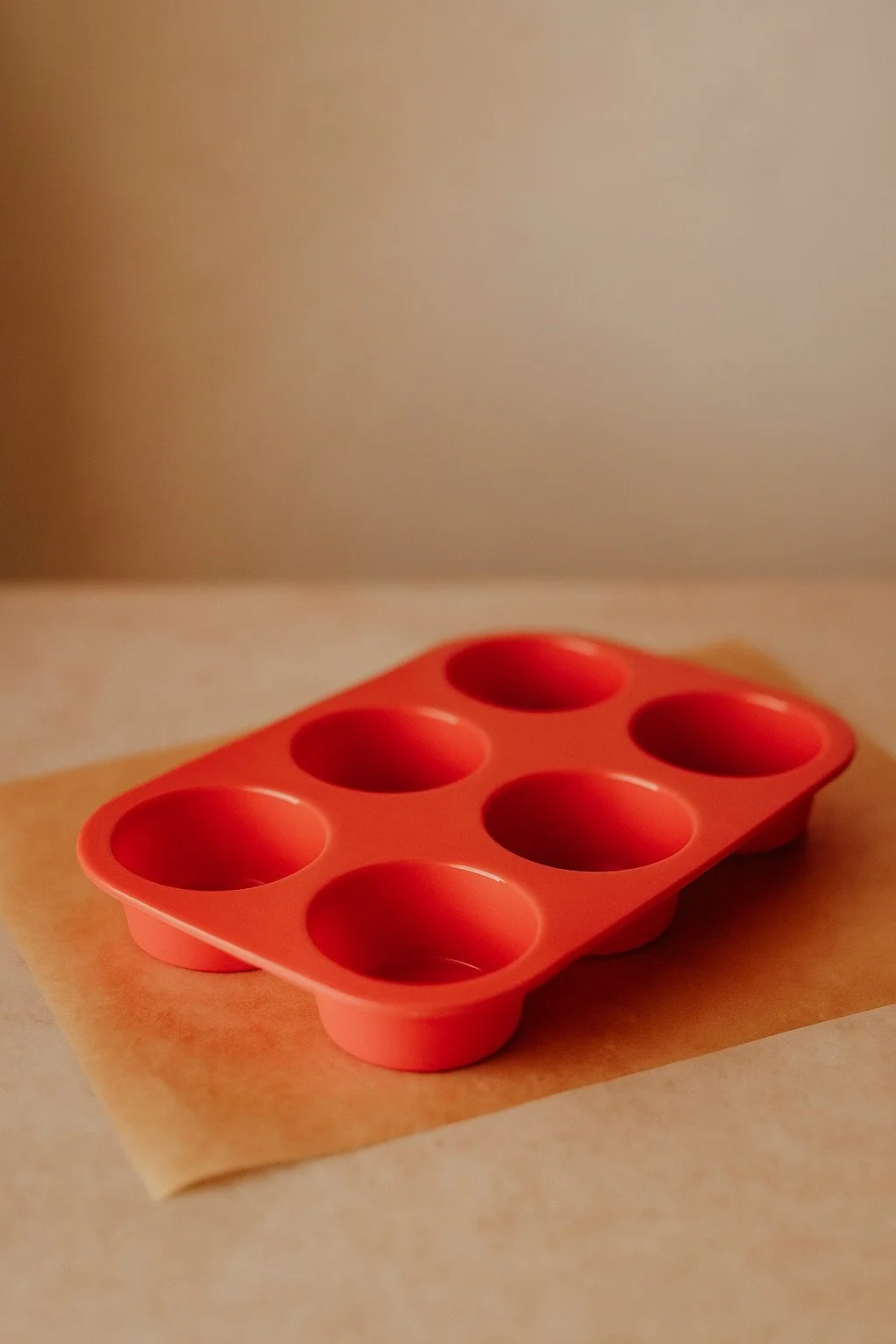🍰 Types of baking pans explained
Pros, cons, and how each one affects your cake.
Every cake has a soul, and every mold gives it shape.
Choosing the right pan doesn’t just affect how it looks, it shapes how it cooks, how it browns, and how it feels when you slice it.
Some pans heat fast, others take their time. Some cradle moisture, others evaporate it. And when it comes to your favorite olive oil cake or weekend brownies, the difference between "good" and "great" often hides in what you poured your batter into.
Let’s break them down, one by one.
🧊 Aluminum baking pan
Lightweight. Conductive. Classic.
✅ Excellent heat conductor: bakes evenly and quickly
✅ Ideal for sponge cakes, muffins, and olive oil cakes
⚠️ Can react with acidic ingredients like lemon or tomato
⚠️ Needs good greasing to prevent sticking
🧽 Hand-wash only to preserve coating (if any)
🗑 Disposable aluminum baking pan
For when you bake, gift, and go.
✅ Great for sharing or selling single-use desserts
✅ Lightweight and ready to toss (no washing!)
⚠️ Not eco-friendly
⚠️ Poor rigidity: can bend under weight
⚠️ Uneven baking if not supported by a tray
🪞 Glass molds
Slow and steady with a golden finish.
✅ Beautiful for pies, crumbles, and custards
✅ Retains heat after baking, keeps desserts warm
⚠️ Slow to heat up, onger bake times
⚠️ Can over-brown bottoms and edges
⚠️ Breakable with thermal shock
🌑 Dark or Opaque baking pan
Intense heat, deep browning.
✅ Crispy edges on brownies and loaf cakes
✅ Shorter bake time
⚠️ Easy to burn if unsupervised
⚠️ Not ideal for delicate, pale bakes
⚠️ Needs temperature adjustment (–5 to –10°C)
🧽 Silicone baking pan
Soft, flexible, and smooth-release.
✅ Non-stick, no greasing needed
✅ Perfect for small cakes, madeleines, muffins
✅ Easy to unmold even delicate textures
⚠️ Poor heat conduction, may result in pale bakes
⚠️ Needs a tray underneath to avoid spills
⚠️ Can retain smells if not cleaned well
🏺 Ceramic baking pan
Stunning on table, solid in oven.
✅ Great for custards, cobblers, clafoutis
✅ Heats gently and evenly
✅ Can go oven-to-table, very aesthetic
⚠️ Fragile
⚠️ Heavy and bulky
⚠️ Long preheat time
🔀 A note on split or sectioned molds
From bundt pans to heart shapes and six-pack muffin trays, these molds add personality, and sometimes, complexity.
Some speed up cooking, some increase surface area (more crust!); others just turn a simple batter into an experience. If it catches your eye or makes you smile, it’s worth a try.
| Mold Type | Heat Conductivity | Release | Best For | Drawbacks |
|---|---|---|---|---|
| Aluminum | High – fast, even bake | Needs greasing | Olive oil cakes, sponges | Reacts with acid, scratches easily |
| Disposable Aluminum | Moderate – needs tray | Single-use, fair release | Gift cakes, bake sales | Flimsy, not eco-friendly |
| Glass | Low – slow to heat | Sticky if ungreased | Pies, custards | Breakable, over-browns base |
| Dark Metal | Very high – fast, intense | Needs oil or parchment | Brownies, loaf cakes | Burn risk, shorter baking time |
| Silicone | Low – uneven heat | Excellent – non-stick | Muffins, mini cakes | Pale results, unstable form |
| Ceramic | Gentle and even | Grease recommended | Custards, cobblers | Heavy, fragile, slow preheat |
🌿 Kuisit Tip
Don’t just match your recipe to your ingredients, match it to your mold.
Your banana bread in a ceramic dish? Moist and cozy. Same batter in a dark metal pan? Rich, with crispy caramelized corners. Your pan tells its version of the story. Choose wisely.
Extra Tip 🥄 How to season (cure) aluminum pans
If you use raw (not anodized) aluminum molds, especially new ones:
Wash the mold with hot water and mild soap once.
Dry thoroughly.
Rub a thin layer of olive oil or butter all over the interior.
Place in the oven at 180°C (356°F) for 20–30 minutes.
Let cool and wipe off excess oil.
👉 This helps create a slight natural coating that improves release and prevents sticking over time.






